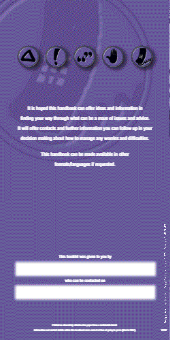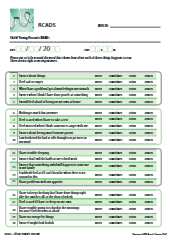 The Attachment Theory Workbook: Powerful Tools to Promote Understanding, Increase Stability, and Build Lasting Relationships is a comprehensive guide designed to help individuals and couples improve their relationships through the principles of attachment theory. Authored by a seasoned counselor with extensive experience in relationship therapy, this workbook offers a blend of psychological insights, practical exercises, and real-life examples to promote secure, healthy, and lasting relationships.
The Attachment Theory Workbook: Powerful Tools to Promote Understanding, Increase Stability, and Build Lasting Relationships is a comprehensive guide designed to help individuals and couples improve their relationships through the principles of attachment theory. Authored by a seasoned counselor with extensive experience in relationship therapy, this workbook offers a blend of psychological insights, practical exercises, and real-life examples to promote secure, healthy, and lasting relationships.
The book begins with an introduction to attachment theory, explaining how our early experiences with caregivers shape our adult relationships. It then delves into the different attachment styles—secure, anxious, and avoidant—providing readers with the tools to identify their own styles and those of their loved ones. Through self-assessments, reflective questions, and targeted exercises, readers can gain deeper insights into their relationship patterns and learn strategies to enhance their relational security.
Ideal readers
This workbook is suitable for anyone interested in improving their personal relationships, whether they are romantic, familial, or platonic. It is particularly beneficial for:
- Couples: Those seeking to understand each other better, improve communication, and build a more secure partnership.
- Individuals: Anyone looking to gain insight into their attachment patterns and how these affect their relationships.
- Therapists and Counselors: Professionals who want to incorporate attachment theory into their practice to help clients navigate relationship challenges.
- Parents: Individuals interested in fostering secure attachment in their children.
The book is written in a clear, accessible style, making complex psychological concepts easy to understand for readers without a background in psychology.
Practical applications
The Attachment Theory Workbook can be used in various ways to enhance relationships:
- Self-Reflection and Personal Growth: Readers can use the self-assessments and exercises to gain a deeper understanding of their own attachment styles and work on personal development.
- Couples Therapy: The book can serve as a supplementary resource for couples in therapy, providing structured activities to enhance therapy sessions.
- Group Workshops: Facilitators can use the workbook in group settings to guide discussions and exercises focused on improving relationship skills.
- Educational Resource: It can be used as a textbook or supplementary reading in courses on psychology, counseling, or social work.
The exercises in the workbook are designed to be interactive, encouraging readers to write down their thoughts, reflect on their experiences, and engage in meaningful discussions with their partners or peers. By working through the chapters, individuals can develop practical skills to navigate relationship challenges, enhance emotional intimacy, and build lasting, secure bonds with the people they care about most.
In summary, The Attachment Theory Workbook is a valuable resource for anyone looking to understand and improve their relationships through the lens of attachment theory. Its practical approach, backed by psychological research and clinical experience, makes it a must-have guide for fostering secure and healthy connections.








